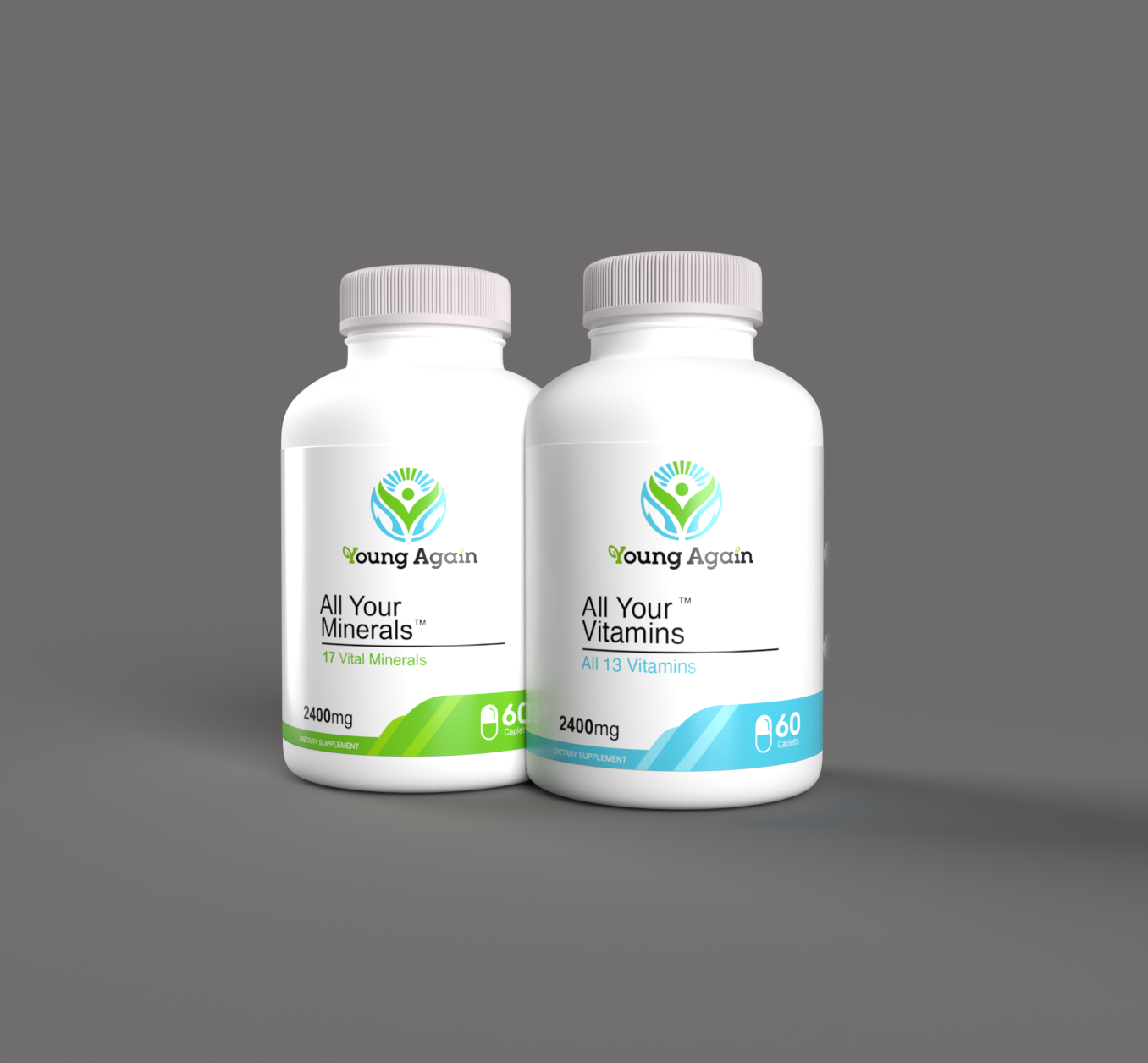
Cholesterol & Lipids After Midlife — What’s Normal, What’s Dangerous, and What You Can Do
Share
Cholesterol often feels like a mystery— or worse, a moving target. You might be told your LDL is “a little high,” or your triglycerides are “borderline,” but what does that actually mean for your health after 60?
This post will give you clarity. You’ll learn what cholesterol numbers truly matter, how they change with age, and what you can do (naturally or with medication) to improve your heart health and longevity.
“Your cholesterol is a reflection—not a sentence. With the right strategy, you can shift the story.”
How Cholesterol Works—and Why It Matters
Cholesterol isn’t “bad.” It’s a vital substance your body uses to make hormones, vitamin D, and cell membranes. The problem comes when certain types of cholesterol build up in your arteries, increasing the risk of heart attack or stroke.
- LDL (Low-Density Lipoprotein): Often called “bad” cholesterol. High levels contribute to plaque buildup in the arteries.
- HDL (High-Density Lipoprotein): The “good” kind. Helps remove LDL from the bloodstream and protect against heart disease.
- Triglycerides: A type of fat in your blood. High levels are linked to heart disease, insulin resistance, and fatty liver.
- Total cholesterol: A combination of LDL, HDL, and 20% of triglycerides. Often misleading on its own.
As we age, LDL and triglycerides tend to rise while HDL can drop—especially post-menopause. But that doesn’t mean you’re doomed to poor heart health. It means it’s time to reassess your approach.
What’s Considered Healthy After 60?
Target cholesterol levels vary slightly depending on your overall risk profile (e.g., smoking, diabetes, family history), but in general:
- LDL cholesterol: Ideally under 100 mg/dL. Under 70 mg/dL if you’ve had a heart attack, stroke, or have diabetes.
- HDL cholesterol: Above 60 mg/dL is protective. Under 40 (men) or 50 (women) may increase risk.
- Triglycerides: Under 150 mg/dL is ideal. Over 200 is considered high.
- Total cholesterol: Under 200 mg/dL is the general benchmark, but this number is less important than the others.
Important: Ask your doctor about your non-HDL cholesterol or ApoB levels—these newer markers may be even better predictors of heart risk in older adults.
What the Research Says About Cholesterol in Older Adults
High LDL remains a strong risk factor for cardiovascular events even in adults over 70, especially when paired with inflammation or high blood pressure. (Zheng et al., 2022)
Low HDL is associated with increased stroke and dementia risk, particularly in women over 65. (Yang et al., 2023)
Triglycerides above 200 mg/dL significantly increase cardiovascular and metabolic disease risk, particularly in combination with abdominal obesity. (NIH, 2022)
Statins remain the standard of care for lowering LDL, but lifestyle changes are powerful—even without medication. Studies show dietary and exercise interventions can lower LDL by 10–25% in many older adults. (AHA, 2023)
Lifestyle Strategies That Work
- Increase soluble fiber: Foods like oats, beans, flaxseeds, chia, and apples bind to cholesterol in the gut and help eliminate it. Aim for 5–10 grams daily.
- Eat more healthy fats: Swap saturated fats for omega-3-rich fats like olive oil, walnuts, avocado, salmon, and flax. These improve HDL and lower triglycerides.
- Move your body daily: Regular moderate exercise (brisk walking, biking, swimming) raises HDL and improves blood lipids even after just a few weeks.
- Limit refined carbs and added sugar: These spike triglycerides and worsen insulin resistance. Focus on whole grains and natural sweetness from fruit.
- Lose belly fat (if needed): Even a 5–10 lb loss can lower triglycerides and improve LDL:HDL ratio significantly.
- Minimize alcohol and eliminate smoking: Alcohol raises triglycerides; smoking lowers HDL and promotes arterial damage.
Supplements may help too: Consider omega-3s (EPA/DHA), plant sterols, psyllium husk, or red yeast rice—but always check with your doctor first.
When Medication Makes Sense
For many older adults, lifestyle changes aren’t enough—or existing risk factors are too high to wait. In these cases, medications like statins, ezetimibe, or PCSK9 inhibitors may be prescribed to aggressively lower LDL and reduce risk of events like heart attacks or strokes.
That said, it’s important to weigh benefits and risks with your doctor, especially if you’re over 75. For some, a lower-intensity statin plus dietary change is enough.
Tip: If you’re on statins and experiencing side effects, ask about CoQ10 supplementation—some studies show it may help reduce muscle pain.
The Takeaway
Cholesterol isn’t just a number—it’s a window into your cardiovascular future. And the good news is, you have more tools than ever to improve those numbers safely and effectively.
“You are not a passive observer of your labs. You are the most important part of your heart health plan.”
With awareness, action, and a care team that supports you, you can take charge of your cholesterol and protect your health—without fear or confusion.
References
- American Heart Association. (2023). Cholesterol Management Guidelines. https://www.heart.org
- Zheng, Q., et al. (2022). LDL cholesterol and risk of cardiovascular events in older adults: A meta-analysis. JAMA Cardiology, 7(2), 125–134.
- Yang, J., et al. (2023). HDL cholesterol and stroke risk in women over 65. Neurology, 100(12), e1183–e1191.
- National Institutes of Health. (2022). Triglycerides: Understanding your numbers. https://www.nhlbi.nih.gov
- Grundy, S. M., et al. (2023). 2019 ACC/AHA Guideline on the Management of Blood Cholesterol. Circulation, 139(25), e1082–e1143.

